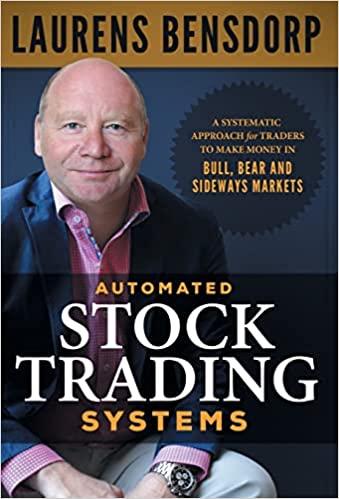Question
Larissa Warren and Dan Ervin have been discussing the future of East Coast Yachts. The company has been experiencing fast growth, and the future looks
Larissa Warren and Dan Ervin have been discussing the future of East Coast Yachts. The company has been experiencing fast growth, and the future looks like clear sailing. However, the fast growth means that the company's growth can no longer be funded by internal sources, so Larissa and Dan have decided the time is right to take the company public. To this end, they have entered into discussions with the investment bank of Crowe & Mallard. The company has a working relationship with Robin Perry, the underwriter who assisted with the company's previous bond offerings. Crowe & Mallard have helped numerous small companies in the IPO process, so Larissa and Dan feel confident with this choice.
Robin begins by telling Larissa and Dan about the process. Although Crowe & Mallard charge an underwriter fee of 4 percent on the bond offering, the underwriter fee is 7 percent on all initial stock offerings of the size of East Coast Yachts' initial offering. Robin tells Larissa and Dan that the company can expet to pay about $1,800,000 in legal fees and expenses, $15,000 in SEC registration fees, and $20,000 in other filing fee. Additionally, to be listed on the NASDAQ, the company must pay $100,000. There are also transfer agent fees of $8,500 and engraving expenses of $525,000. The company should also expect to pay $75,000 for other expenses associated with IPO.
Finally, Robin tells Larissa and Dan to file with SEC, the company must provide three years' worth of audited financial statements. She is unsure of the costs of the audit. Dan tells Robin that the company provides audited financial statements as part of its bond indenture, and the company pays $325,000 per year for the outside auditor.
1. At the end of the discussion Dan asks Robin about the Dutch auction IPO process. What are the differences in the expenses to East Coast Yachts if it uses a Dutch auction IPO versus a traditional IPO? Should the company go public with a Dutch auction or use a traditional underwritten offering?
2. During the discussion of the potential IPO and East Coast Yachts' future, Dan states that he feels the company should raise $75 million. However, Larissa points out that if the companyneeds more cash soon, a secondary offering close to the IPO would be potentially problematic. Instead, she suggest that the company should raise $100 million in the IPO. How can we calculate the optimal size of the IPO? What are the advantages and disadvantages of increasing the size of the IPO to $100 million?
Step by Step Solution
There are 3 Steps involved in it
Step: 1

Get Instant Access to Expert-Tailored Solutions
See step-by-step solutions with expert insights and AI powered tools for academic success
Step: 2

Step: 3

Ace Your Homework with AI
Get the answers you need in no time with our AI-driven, step-by-step assistance
Get Started


